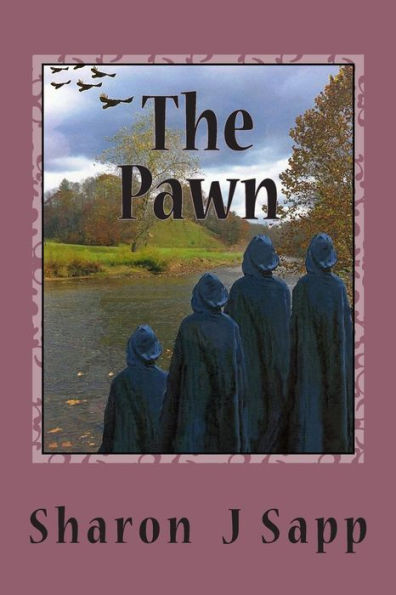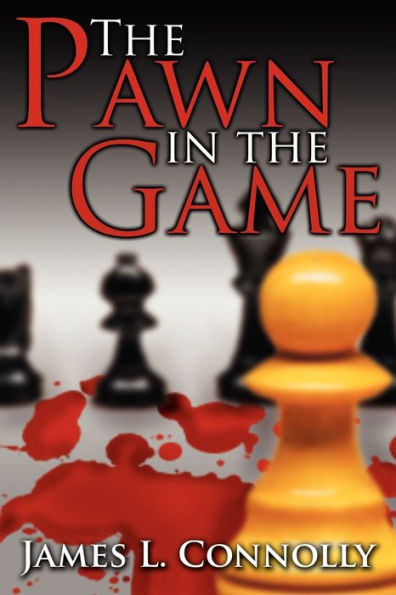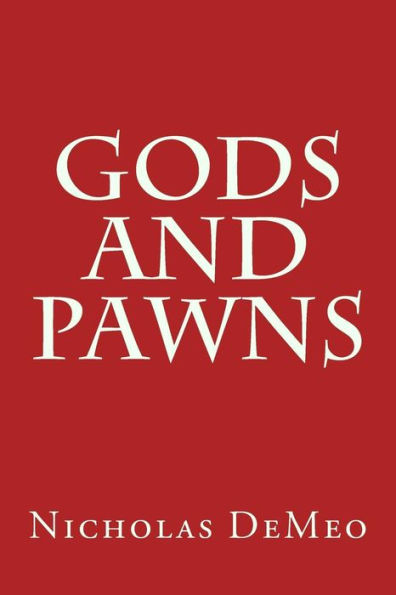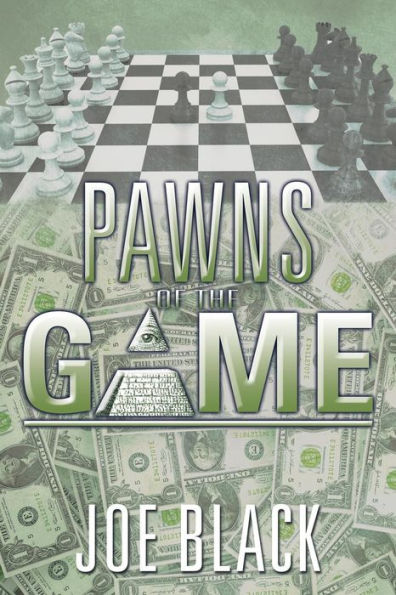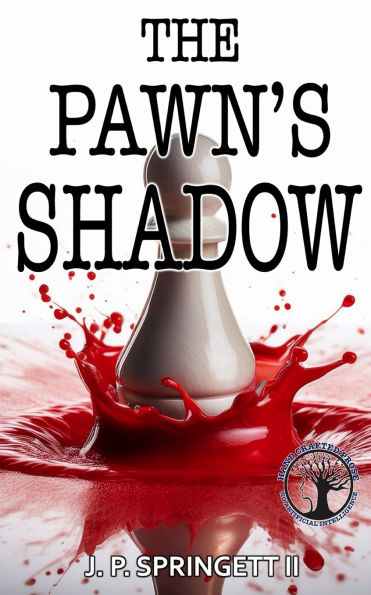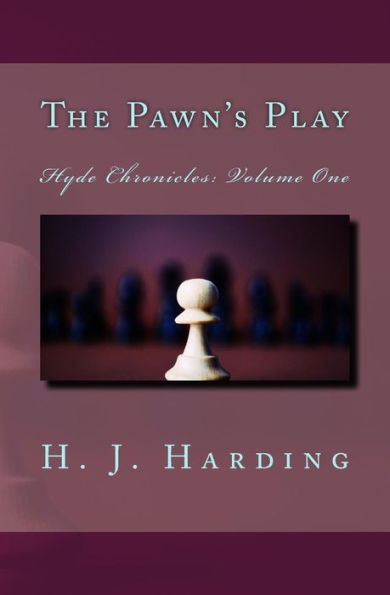Home
Pawn Hearts
Barnes and Noble
Loading Inventory...
Pawn Hearts in Bloomington, MN
Current price: $13.99

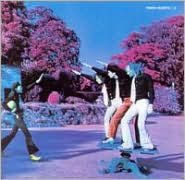
Pawn Hearts in Bloomington, MN
Current price: $13.99
Loading Inventory...
Size: CD
Van Der Graaf Generator
's third album,
Pawn Hearts
was also its second most popular; at one time this record was a major
King Crimson
cult item due to the presence of
Robert Fripp
on guitar, but
has more to offer than that. The opening track,
"Lemmings,"
calls to mind early
Gentle Giant
, with its eerie vocal passages (including harmonies) set up against extended sax, keyboard, and guitar-driven instrumental passages, and also with its weird keyboard and percussion interlude, though this band is also much more contemporary in its focus than
.
Peter Hammill
vocalizes in a more traditional way on
"Man-Erg,"
against shimmering organ swells and
Guy Evans
' very expressive drumming, before the song goes off on a tangent by way of
David Jackson
's saxes and some really weird time signatures -- plus some very pretty acoustic and electric guitar work by
Hammill
himself and
Fripp
. The monumental
"Plague of Lighthouse Keepers,"
taking up an entire side of the LP, shows the same kind of innovation that characterized
Crimson
's first two albums, but without the discipline and restraint needed to make the music manageable. The punning titles of the individual sections of this piece (which may have been done for the same reason that
gave those little subtitles to its early extended tracks, to protect the full royalties for the composer) only add to the confusion. As for the piece itself, it features enough virtuoso posturing by everyone (especially drummer
) to fill an
Emerson, Lake & Palmer
album of the same era, with a little more subtlety and some time wasted between the interludes. The 23-minute conceptual work could easily have been trimmed to, say, 18 or 19 minutes without any major sacrifices, which doesn't mean that what's here is bad, just not as concise as it might've been. But the almost operatic intensity of the singing and the overall performance also carries you past the stretches that don't absolutely need to be here. The band was trying for something midway between
and
Genesis
, and came out closer to the former, at least instrumentally.
's vocals are impassioned and involving, almost like an acting performance, similar to
Peter Gabriel
's singing with
, but the lack of any obviously cohesive ideas in the lyrics makes this more obscure and obtuse than any
release. [The 2005 reissue from
EMI
features exceptionally crisp, vivid sound, extensive, detailed annotation, and also five additional cuts that push the running time on the CD up by more than 20 minutes, well over the one-hour mark. Starting with
"Theme One"
in its original mix, this material showcases various outtakes from the two months' worth of sessions that yielded this album. The sound is good enough, and the playing is of the same intensity if not quite the same quality or complexity as the music on the finished album. A lot of editing and development was needed on much of it (all except the eminently accessible, jazzy
"Ponker's Theme"
), and it sounds like reed instruments are close to being overblown on some of what's here; and
Hugh Banton
's
"Diminutions"
sounds like the band delving into territory usually reserved for the likes of
contemporary classical
composers such as
Ligeti
Messiaen
. That said, most serious fans of the band (and it's difficult to imagine a "casual" fan of
) will probably appreciate this look at the work-in-progress body of music, and will almost certainly love the
Banton
finale, which nicely bookends the keyboard-heavy
"Lemmings"
at the other end of the album.] ~ Bruce Eder
's third album,
Pawn Hearts
was also its second most popular; at one time this record was a major
King Crimson
cult item due to the presence of
Robert Fripp
on guitar, but
has more to offer than that. The opening track,
"Lemmings,"
calls to mind early
Gentle Giant
, with its eerie vocal passages (including harmonies) set up against extended sax, keyboard, and guitar-driven instrumental passages, and also with its weird keyboard and percussion interlude, though this band is also much more contemporary in its focus than
.
Peter Hammill
vocalizes in a more traditional way on
"Man-Erg,"
against shimmering organ swells and
Guy Evans
' very expressive drumming, before the song goes off on a tangent by way of
David Jackson
's saxes and some really weird time signatures -- plus some very pretty acoustic and electric guitar work by
Hammill
himself and
Fripp
. The monumental
"Plague of Lighthouse Keepers,"
taking up an entire side of the LP, shows the same kind of innovation that characterized
Crimson
's first two albums, but without the discipline and restraint needed to make the music manageable. The punning titles of the individual sections of this piece (which may have been done for the same reason that
gave those little subtitles to its early extended tracks, to protect the full royalties for the composer) only add to the confusion. As for the piece itself, it features enough virtuoso posturing by everyone (especially drummer
) to fill an
Emerson, Lake & Palmer
album of the same era, with a little more subtlety and some time wasted between the interludes. The 23-minute conceptual work could easily have been trimmed to, say, 18 or 19 minutes without any major sacrifices, which doesn't mean that what's here is bad, just not as concise as it might've been. But the almost operatic intensity of the singing and the overall performance also carries you past the stretches that don't absolutely need to be here. The band was trying for something midway between
and
Genesis
, and came out closer to the former, at least instrumentally.
's vocals are impassioned and involving, almost like an acting performance, similar to
Peter Gabriel
's singing with
, but the lack of any obviously cohesive ideas in the lyrics makes this more obscure and obtuse than any
release. [The 2005 reissue from
EMI
features exceptionally crisp, vivid sound, extensive, detailed annotation, and also five additional cuts that push the running time on the CD up by more than 20 minutes, well over the one-hour mark. Starting with
"Theme One"
in its original mix, this material showcases various outtakes from the two months' worth of sessions that yielded this album. The sound is good enough, and the playing is of the same intensity if not quite the same quality or complexity as the music on the finished album. A lot of editing and development was needed on much of it (all except the eminently accessible, jazzy
"Ponker's Theme"
), and it sounds like reed instruments are close to being overblown on some of what's here; and
Hugh Banton
's
"Diminutions"
sounds like the band delving into territory usually reserved for the likes of
contemporary classical
composers such as
Ligeti
Messiaen
. That said, most serious fans of the band (and it's difficult to imagine a "casual" fan of
) will probably appreciate this look at the work-in-progress body of music, and will almost certainly love the
Banton
finale, which nicely bookends the keyboard-heavy
"Lemmings"
at the other end of the album.] ~ Bruce Eder
Van Der Graaf Generator
's third album,
Pawn Hearts
was also its second most popular; at one time this record was a major
King Crimson
cult item due to the presence of
Robert Fripp
on guitar, but
has more to offer than that. The opening track,
"Lemmings,"
calls to mind early
Gentle Giant
, with its eerie vocal passages (including harmonies) set up against extended sax, keyboard, and guitar-driven instrumental passages, and also with its weird keyboard and percussion interlude, though this band is also much more contemporary in its focus than
.
Peter Hammill
vocalizes in a more traditional way on
"Man-Erg,"
against shimmering organ swells and
Guy Evans
' very expressive drumming, before the song goes off on a tangent by way of
David Jackson
's saxes and some really weird time signatures -- plus some very pretty acoustic and electric guitar work by
Hammill
himself and
Fripp
. The monumental
"Plague of Lighthouse Keepers,"
taking up an entire side of the LP, shows the same kind of innovation that characterized
Crimson
's first two albums, but without the discipline and restraint needed to make the music manageable. The punning titles of the individual sections of this piece (which may have been done for the same reason that
gave those little subtitles to its early extended tracks, to protect the full royalties for the composer) only add to the confusion. As for the piece itself, it features enough virtuoso posturing by everyone (especially drummer
) to fill an
Emerson, Lake & Palmer
album of the same era, with a little more subtlety and some time wasted between the interludes. The 23-minute conceptual work could easily have been trimmed to, say, 18 or 19 minutes without any major sacrifices, which doesn't mean that what's here is bad, just not as concise as it might've been. But the almost operatic intensity of the singing and the overall performance also carries you past the stretches that don't absolutely need to be here. The band was trying for something midway between
and
Genesis
, and came out closer to the former, at least instrumentally.
's vocals are impassioned and involving, almost like an acting performance, similar to
Peter Gabriel
's singing with
, but the lack of any obviously cohesive ideas in the lyrics makes this more obscure and obtuse than any
release. [The 2005 reissue from
EMI
features exceptionally crisp, vivid sound, extensive, detailed annotation, and also five additional cuts that push the running time on the CD up by more than 20 minutes, well over the one-hour mark. Starting with
"Theme One"
in its original mix, this material showcases various outtakes from the two months' worth of sessions that yielded this album. The sound is good enough, and the playing is of the same intensity if not quite the same quality or complexity as the music on the finished album. A lot of editing and development was needed on much of it (all except the eminently accessible, jazzy
"Ponker's Theme"
), and it sounds like reed instruments are close to being overblown on some of what's here; and
Hugh Banton
's
"Diminutions"
sounds like the band delving into territory usually reserved for the likes of
contemporary classical
composers such as
Ligeti
Messiaen
. That said, most serious fans of the band (and it's difficult to imagine a "casual" fan of
) will probably appreciate this look at the work-in-progress body of music, and will almost certainly love the
Banton
finale, which nicely bookends the keyboard-heavy
"Lemmings"
at the other end of the album.] ~ Bruce Eder
's third album,
Pawn Hearts
was also its second most popular; at one time this record was a major
King Crimson
cult item due to the presence of
Robert Fripp
on guitar, but
has more to offer than that. The opening track,
"Lemmings,"
calls to mind early
Gentle Giant
, with its eerie vocal passages (including harmonies) set up against extended sax, keyboard, and guitar-driven instrumental passages, and also with its weird keyboard and percussion interlude, though this band is also much more contemporary in its focus than
.
Peter Hammill
vocalizes in a more traditional way on
"Man-Erg,"
against shimmering organ swells and
Guy Evans
' very expressive drumming, before the song goes off on a tangent by way of
David Jackson
's saxes and some really weird time signatures -- plus some very pretty acoustic and electric guitar work by
Hammill
himself and
Fripp
. The monumental
"Plague of Lighthouse Keepers,"
taking up an entire side of the LP, shows the same kind of innovation that characterized
Crimson
's first two albums, but without the discipline and restraint needed to make the music manageable. The punning titles of the individual sections of this piece (which may have been done for the same reason that
gave those little subtitles to its early extended tracks, to protect the full royalties for the composer) only add to the confusion. As for the piece itself, it features enough virtuoso posturing by everyone (especially drummer
) to fill an
Emerson, Lake & Palmer
album of the same era, with a little more subtlety and some time wasted between the interludes. The 23-minute conceptual work could easily have been trimmed to, say, 18 or 19 minutes without any major sacrifices, which doesn't mean that what's here is bad, just not as concise as it might've been. But the almost operatic intensity of the singing and the overall performance also carries you past the stretches that don't absolutely need to be here. The band was trying for something midway between
and
Genesis
, and came out closer to the former, at least instrumentally.
's vocals are impassioned and involving, almost like an acting performance, similar to
Peter Gabriel
's singing with
, but the lack of any obviously cohesive ideas in the lyrics makes this more obscure and obtuse than any
release. [The 2005 reissue from
EMI
features exceptionally crisp, vivid sound, extensive, detailed annotation, and also five additional cuts that push the running time on the CD up by more than 20 minutes, well over the one-hour mark. Starting with
"Theme One"
in its original mix, this material showcases various outtakes from the two months' worth of sessions that yielded this album. The sound is good enough, and the playing is of the same intensity if not quite the same quality or complexity as the music on the finished album. A lot of editing and development was needed on much of it (all except the eminently accessible, jazzy
"Ponker's Theme"
), and it sounds like reed instruments are close to being overblown on some of what's here; and
Hugh Banton
's
"Diminutions"
sounds like the band delving into territory usually reserved for the likes of
contemporary classical
composers such as
Ligeti
Messiaen
. That said, most serious fans of the band (and it's difficult to imagine a "casual" fan of
) will probably appreciate this look at the work-in-progress body of music, and will almost certainly love the
Banton
finale, which nicely bookends the keyboard-heavy
"Lemmings"
at the other end of the album.] ~ Bruce Eder


